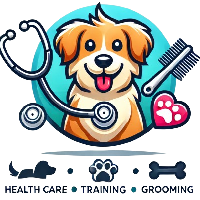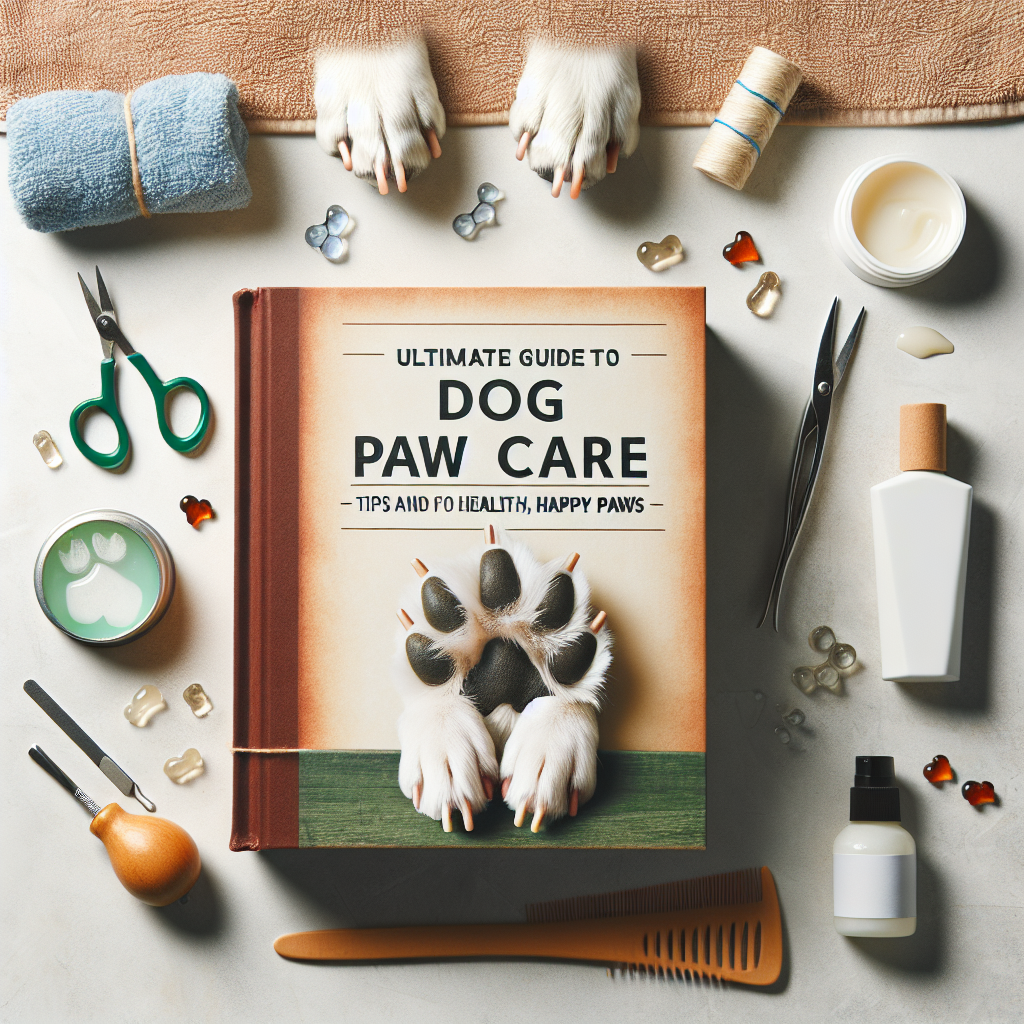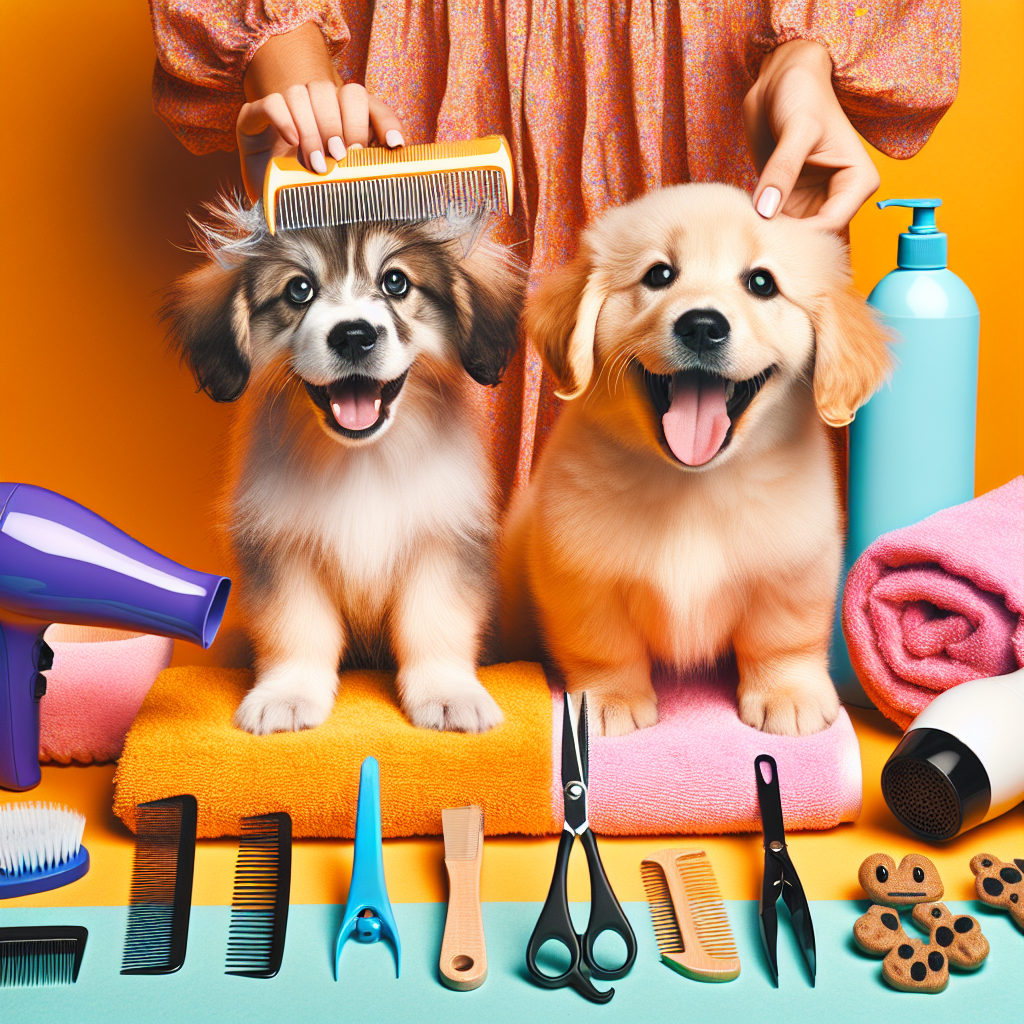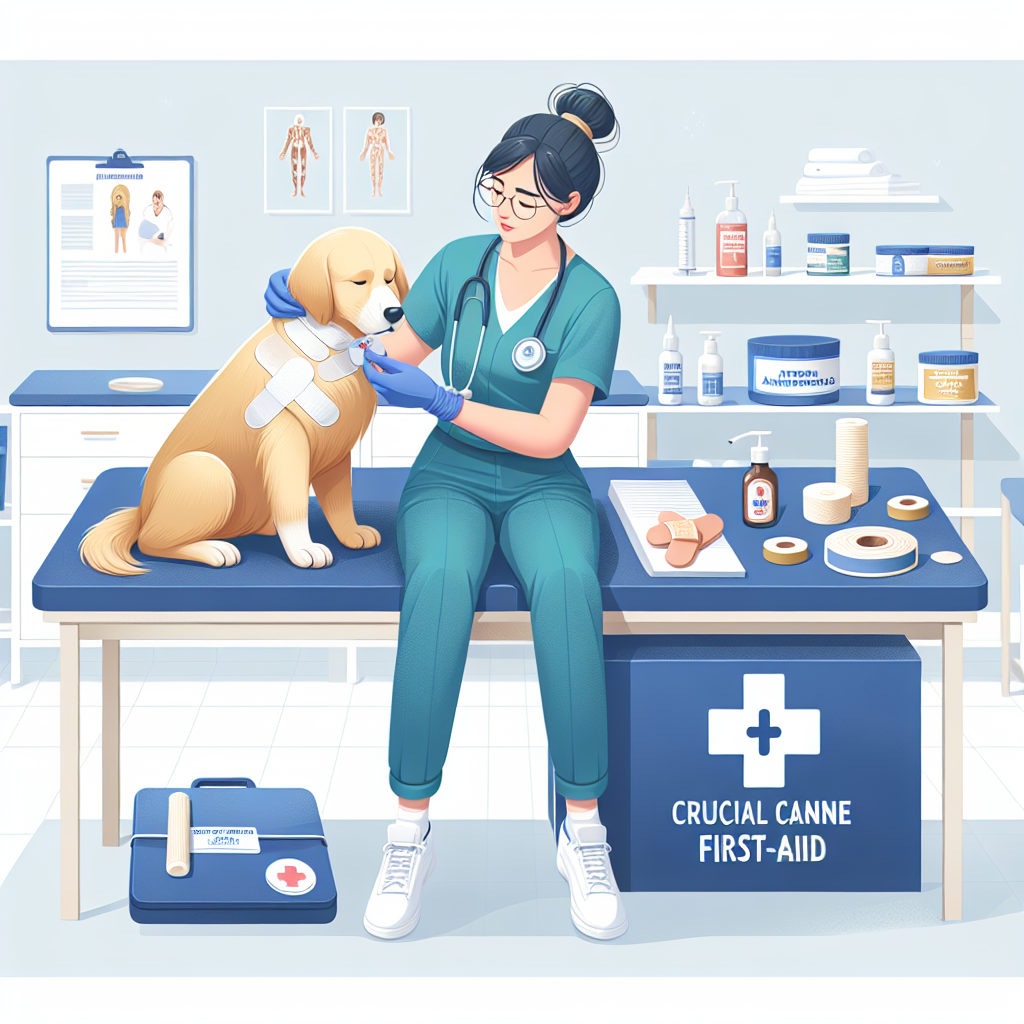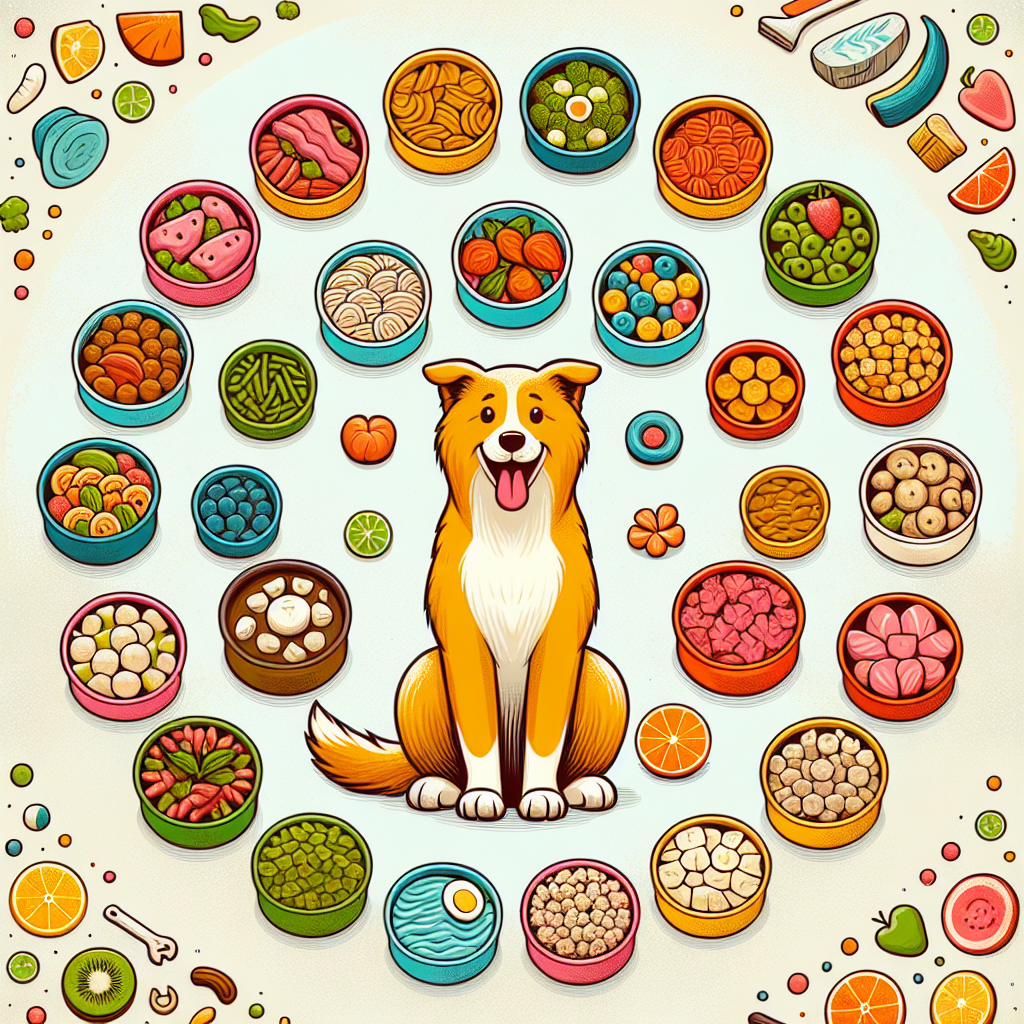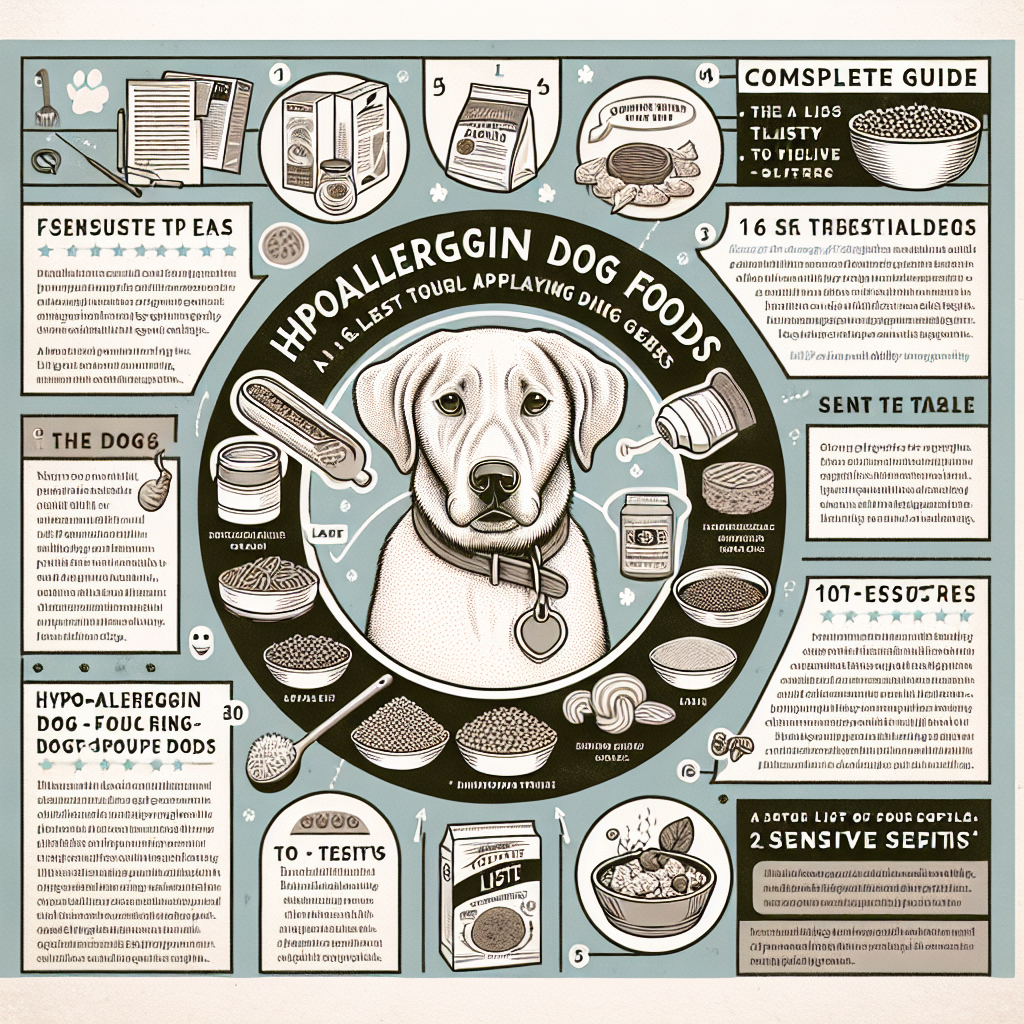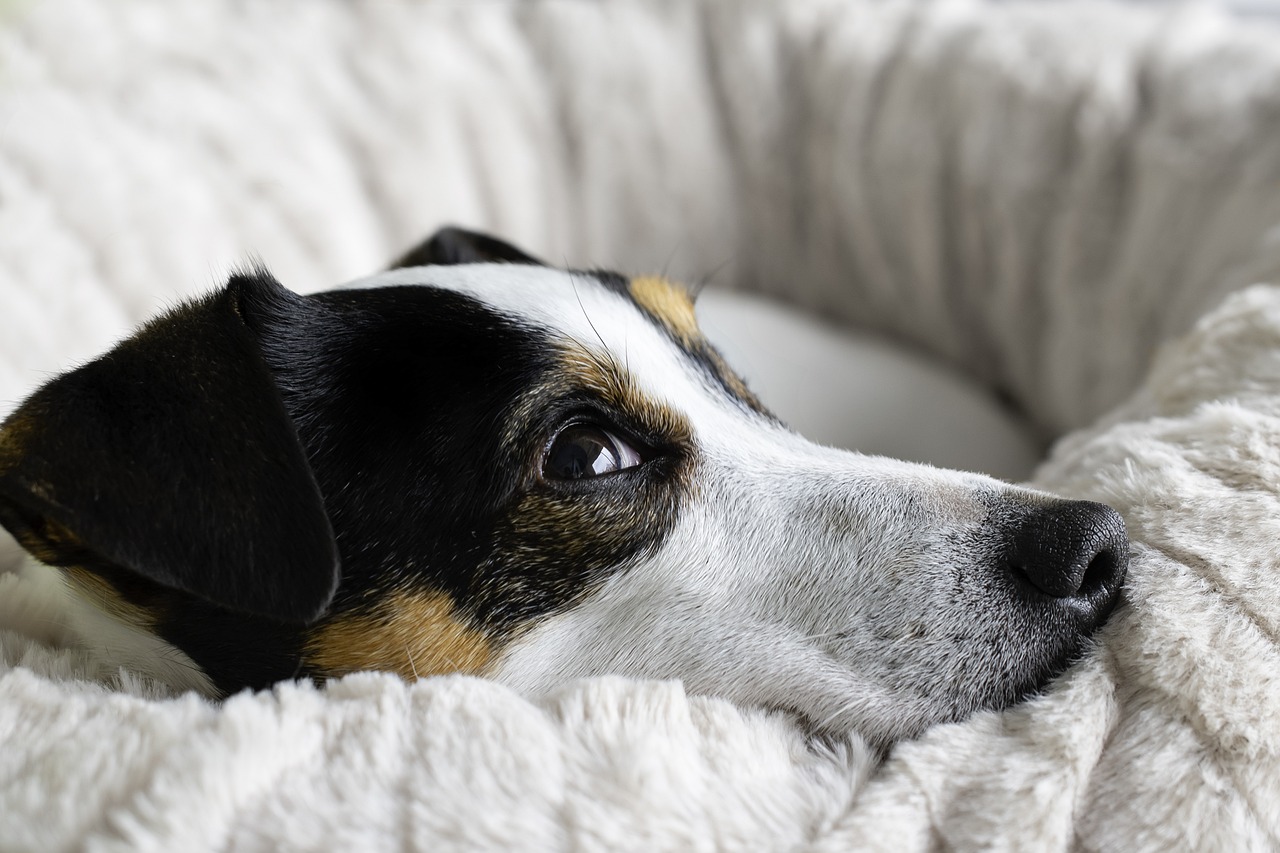
Dogs bring immense joy, companionship, and unconditional love to our lives. They become family members, and as such, they deserve the best care we can provide. One vital aspect of responsible dog ownership is maintaining proper hygiene. Not only does good hygiene keep your dog smelling fresh, but it also promotes overall health, well-being, and prevents common ailments. This ultimate guide covers everything you need to know to keep your canine clean and healthy.
Table of Contents
- Introduction
- Grooming Essentials
- Bathing
- Brushing and Coat Care
- Nail Trimming
- Oral Hygiene
- Brushing Your Dog’s Teeth
- Dental Chews and Toys
- Professional Dental Cleaning
- Ear Care
- Regular Inspection
- Cleaning Techniques
- Signs of Infection
- Eye Care
- Cleaning Around the Eyes
- Monitoring for Eye Health Issues
- Paw and Pad Care
- Cleaning Paws
- Maintaining Healthy Pads
- Recognizing Paw Problems
- Anal Gland Hygiene
- Understanding Anal Glands
- Signs of Issues
- Parasite Prevention
- Fleas and Ticks
- Internal Parasites
- Preventive Measures
- Diet and Hydration
- Nutritional Needs
- Hydration Importance
- Contributing Factors to Overall Hygiene
- Environment and Living Space
- Regular Veterinary Checkups
- Conclusion
1. Introduction
Maintaining your dog’s hygiene is about more than just aesthetics; it is a critical component of their overall health. Whether you’re a seasoned pet parent or new to canine companionship, this guide will equip you with the knowledge and practices needed to ensure your dog stays clean, comfortable, and healthy.
2. Grooming Essentials
Bathing
Regular baths help remove dirt, debris, and allergens that your dog may pick up. Here are essential tips for effective dog bathing:
- Frequency: Typically, dogs should be bathed once every 1-3 months. Overbathing can strip natural oils, leading to dry skin.
- Products: Use dog-specific shampoos and conditioners. Human products can harm a dog’s skin and coat.
- Temperature: Ensure the water is lukewarm, as hot or cold water can be uncomfortable.
Brushing and Coat Care
Brushing removes loose fur, distributes natural oils, and prevents matting.
- Frequency: Brush short-haired breeds once a week. Long-haired breeds may require daily brushing.
- Tools: Use appropriate brushes (slicker, bristle, or pin brushes) suitable for your dog’s coat type.
- Technique: Be gentle to avoid skin irritation, and always brush in the direction of hair growth.
Nail Trimming
Long nails can cause pain and lead to infections.
- Tools: Use sharp, appropriate-sized nail clippers or a grinder.
- Frequency: Trim nails every 3-4 weeks. If you hear clicking on the floor, it’s time for a trim.
- Technique: Trim small amounts to avoid cutting the quick. If unsure, ask your vet for a demonstration.
3. Oral Hygiene
Brushing Your Dog’s Teeth
Dental hygiene is vital for preventing gum disease and bad breath.
- Frequency: Brush your dog’s teeth 2-3 times per week.
- Tools: Use a dog toothbrush or a finger brush and dog-specific toothpaste.
- Method: Lift the lips and brush gently, focusing on the gum line.
Dental Chews and Toys
Dental chews and toys can supplement brushing by reducing plaque and tartar.
- Selection: Choose products approved by the Veterinary Oral Health Council (VOHC).
- Supervision: Monitor your dog to avoid ingestion of large pieces.
Professional Dental Cleaning
Periodic professional dental cleanings are crucial for thorough oral health.
- Frequency: Once a year or as recommended by your vet.
- Procedure: Performed under anesthesia, allowing deep cleaning and examination.
4. Ear Care
Regular Inspection
Check your dog’s ears weekly for signs of wax buildup, debris, or infection.
- Appearance: Ears should be clean and odor-free.
- Red Flags: Redness, swelling, or a foul odor may signal an issue.
Cleaning Techniques
Regular ear cleaning prevents wax buildup and infections.
- Products: Use vet-approved ear cleaning solutions.
- Method: Apply solution, gently massage the ear base, and wipe away debris with a cotton ball. Avoid inserting anything deep into the ear canal.
Signs of Infection
Be vigilant for signs of ear infections, including scratching, head shaking, or discharge. If you observe these, consult your vet promptly.
5. Eye Care
Cleaning Around the Eyes
Regularly clean the area around your dog’s eyes to prevent tear stains and infections.
- Tools: Use a damp, soft cloth or dog-specific eye wipes.
- Frequency: Clean as needed to remove tear stains or discharge.
Monitoring for Eye Health Issues
Monitor for signs of eye problems, such as redness, cloudiness, or excessive tearing.
- Red Flags: Any sudden changes in your dog’s eyes warrant a vet visit.
6. Paw and Pad Care
Cleaning Paws
Regular paw cleaning removes dirt, chemicals, and allergens that can irritate your dog.
- Frequency: Wipe paws after walks, especially in muddy or winter conditions.
Maintaining Healthy Pads
Dogs’ paw pads can become cracked or dry, especially on hot pavement or icy surfaces.
- Moisturizers: Use paw balms or pet-safe moisturizers to keep pads supple.
- Inspection: Regularly check for foreign objects or injuries.
Recognizing Paw Problems
Look for signs of paw issues like limping, excessive licking, or swelling. Early detection can prevent more severe problems.
7. Anal Gland Hygiene
Understanding Anal Glands
Dogs have anal glands that occasionally need to be expressed.
- Function: These glands release a scent used for marking territory.
- Expression: Most dogs express them naturally, but some may need assistance.
Signs of Issues
Watch for scooting, excessive licking, or a foul odor, as these may indicate the need for gland expression. Consult your vet for help, or they can show you how to perform it safely.
8. Parasite Prevention
Fleas and Ticks
Preventing flea and tick infestations is crucial for your dog’s comfort and health.
- Preventives: Use vet-recommended flea and tick preventives year-round.
- Inspection: Regularly check for fleas and ticks, especially after outdoor activities.
Internal Parasites
Worms can severely impact your dog’s health if left untreated.
- Symptoms: Watch for weight loss, diarrhea, or a distended abdomen.
- Preventives: Administer regular deworming treatments as advised by your vet.
Preventive Measures
Always keep your dog’s bedding, living area, and grooming tools clean to minimize the risk of parasites.
9. Diet and Hydration
Nutritional Needs
A balanced diet supports your dog’s overall health and can affect their skin and coat condition.
- Quality Food: Choose high-quality dog food that meets nutritional standards.
- Supplements: Consider supplements like omega-3 fatty acids for coat health.
Hydration Importance
Proper hydration is essential for your dog’s wellbeing.
- Fresh Water: Ensure clean, fresh water is always available.
- Hydration Checks: Monitor water intake, especially during hot weather or after vigorous activity.
10. Contributing Factors to Overall Hygiene
Environment and Living Space
Keeping your dog’s living space clean contributes to their overall hygiene.
- Bedding: Wash bedding regularly to prevent odors and parasites.
- Toys: Clean toys periodically to remove dirt and bacteria.
- Outdoor Areas: Maintain a clean yard, removing feces, and debris.
Regular Veterinary Checkups
Routine vet checkups are vital for monitoring and maintaining your dog’s health.
- Frequency: Schedule annual or bi-annual vet visits.
- Benefits: Regular checkups help catch and address health issues early.
11. Conclusion
Taking care of your dog’s hygiene is a multi-faceted task that requires regular effort and attention. By following the tips outlined in this guide, you can ensure your canine companion remains clean, comfortable, and healthy. Remember, a well-groomed dog is not only a joy to be around but is also likely to be happier and healthier. Prioritize hygiene, stay informed, and consult your vet when in doubt to give your furry friend the best care possible.
#ChatGPT assisted in the creation of this article.
